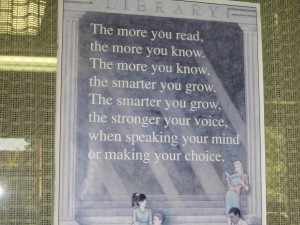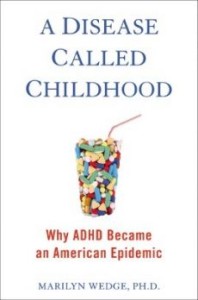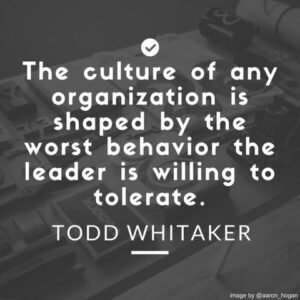Leaving my first meeting with Idaho Authors’ Community, two young women stopped me. They had overheard we were meeting and happened to have a friend hoping to become a published author. It was refreshing to be reminded of my own beginnings as a writer and the excitement of starting down a new path!
But the next day, I awoke recalling how difficult it had been for a “non-educator” to break into the education professionals publishing world and the struggle I faced with finding my first endorsers for my book. I felt it would be a waste of their time and mine to ask people to review something if it wasn’t even close to what they believed. So my effort included looking at a multitude of organizations and individuals and trying to decipher where they really stood on education reform principles, policies, and practices.
After much eye-blasting time at the computer and attempts to talk to live people, my conclusion was that the average Jane and Joe Q. Public can’t possibly sort out who really stands for what when it comes to “education reform.” I many times found myself having to dig really, really hard to find out who was the money behind many of these organizations. And the inter-connectedness of the influential was disturbing.
So how can we possibly expect the public to rise up and have their decisions lead us in the right direction?
And that is when I must remind myself why I wrote my book — in hopes of shedding light on the most important issue this nation must face — quality and equality for school children. If and how we get there will be up to the public.
It will begin with understanding what real education reform means, clearly facing facts, and moving forward focused on the goal.




